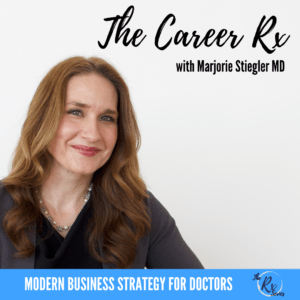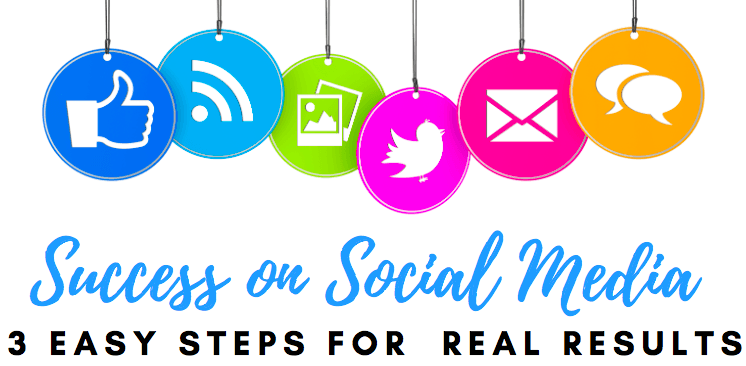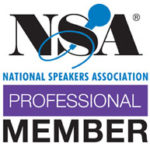Twitter for busy doctors? Well, another American Society of Anesthesiologists Annual Meeting has come and gone, and once again, social media exploded. There was plenty going on around Facebook and a little bit of Instagram, but as has been typical for healthcare social media, doctors are on Twitter. Check out these images that show the amazing growth since October of 2013 around this meeting.
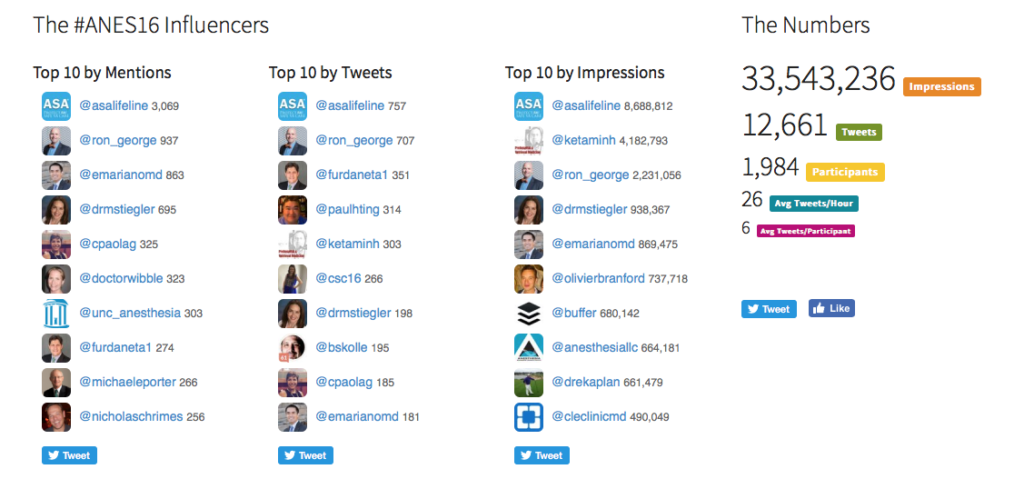
Yeah, the reach of #ANES16 is 150x greater than #ANES2013. That’s 33.5 MILLION impressions, up from a paltry 200K in 2013, and three times as many as last year. The number of active participants is up too: the number of doctors on twitter at this meeting roughly doubles every year. Clearly, the organization is at the top of mentions, tweets, and impressions. But one of the most influential individuals on this list wasn’t even at the meeting (talking ’bout you, @ketaminh)! Zip down to the bottom of this post to see snapshots of the past four meetings.
And here’s an illustration in the power of engagement. Michael Porter of Harvard Business School fame gave the opening keynote. He has over 138,000 followers on Twitter. Why is he barely hanging on to the bottom of this list? Because he did not tweet about this meeting at all. Not even once. No preview that he would be speaking, and no thank you to the ASA for inviting him, and no content tweets that could easily have been pre-scheduled for release during his talk. Any of these would have been liked and retweeted enthusiastically, and he’d be dominating. I have no idea or investment in Mr. Porter’s opinion on this matter – I’m just using him as an example because it is such a sharp contrast between what is and what could be.
So instead of blowing everyone else away on the analytics leaderboard, he is just barely visible at the bottom of the “by mentions” column. That column, of course, indicates the number of times that other people have mentioned him, which was 266 during the 7 period of analytics. Social media is intended to be social. That means engaging with others.
A few simple retweets of his mentions by others at #ANES16 would have put him high on the “impressions” column with almost zero effort.

 Plus, it’s good Twitter manners. When you are famous, you obviously can’t reply to everything, but a reply to the group via the hashtag is nice, and that would get a bunch of engagement too, and on it goes.
Plus, it’s good Twitter manners. When you are famous, you obviously can’t reply to everything, but a reply to the group via the hashtag is nice, and that would get a bunch of engagement too, and on it goes.
Anyway, doctors should use social media, and finally, we are seeing that doctors do use social media professionally. Here are some trends in anesthesiology from the American Society of Anesthesiologists Annual Meeting 2013-present. That’s serious.
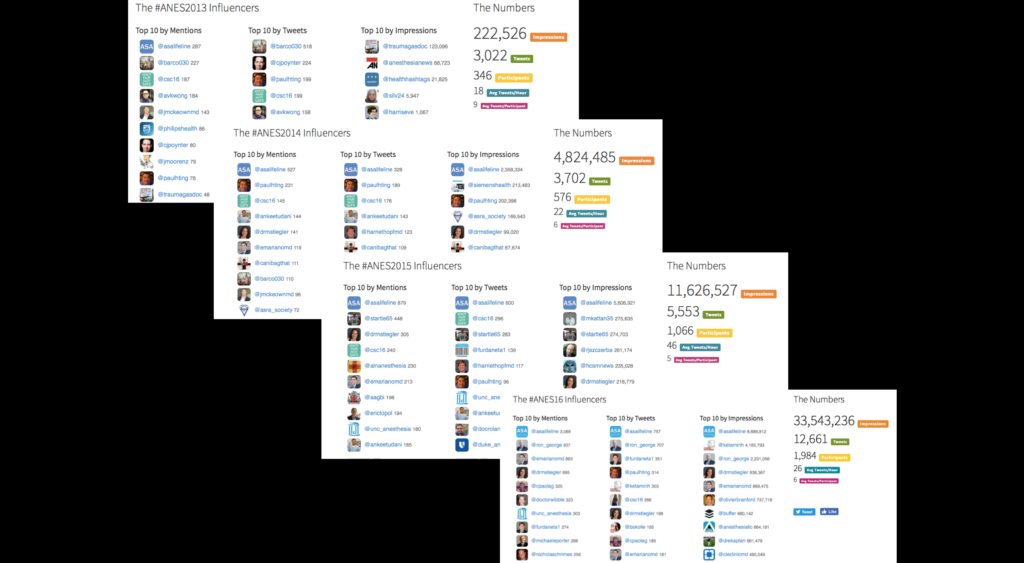
What does it mean to see such an increase in the number and reach of doctors using Twitter? It means – once again – that if you haven’t started yet, you’re way behind! But it also means there is an opportunity to start. Twitter for busy doctors doesn’t have to be time-consuming or liability-inducing. If you need help getting started, pop over and check out these videos. There’s a wide world of patients, information, and colleagues just waiting to connect. And if you aren’t the online medical voice in your area of expertise, who is?

